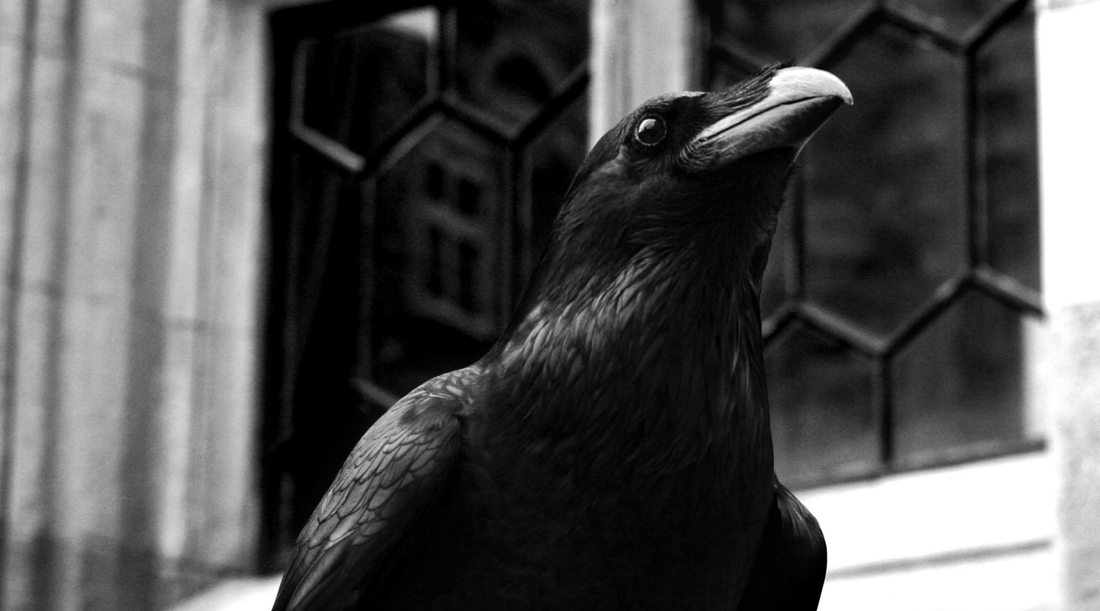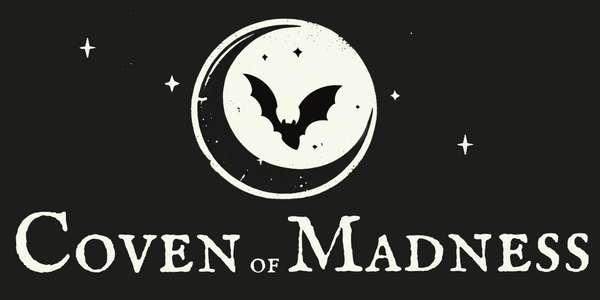
The old ways - Counting Crows
Long before clocks and calendars were common, folk turned to the creatures of the field and sky for signs. Among these, the black birds — crows and magpies — were messengers between the worlds. They were clever, watchful, and always near the edge of life and death: feeding on the fields, following battles, haunting churchyards.
So people began to read their numbers as omens. The idea was that a flock of crows carried a message, and the count revealed what kind.
There's an old nursery rhyme from the 18th century reflecting this tradition.
Speak the rhyme aloud as you watched them fly:
One for sorrow,
Two for mirth,
Three for a wedding,
Four for a birth,
Five for silver,
Six for gold,
Seven for a secret never to be told.
There are many versions— some end with “eight for heaven” and “nine for hell,” others with “ten for the devil’s own sel’.”
Each line is a charm of sorts: if the omen was bad (like seeing one crow alone), a person might cross themselves, touch iron, or whisper a counter-charm — “Good day, Mister Crow, your wife and children too” — to turn away misfortune.
The counting was more than superstition — it was sympathetic magic, a way of turning observation into communication. Crows were said to be the familiars of witches, or souls of the dead, or the keepers of hidden knowledge.
To “count the crows” before an important event — a journey, a birth, a wedding — was a form of divination. The rhyme offered both warning and comfort, depending on what one saw.
Here's you grimoire page:

